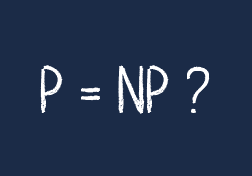Having Fun in the Go Playground
The Go Playground is a web-based environment provided by the Go team that makes it possible to write and run Go code without having to install the Go compiler or toolchain locally. This means that you could run Go code from a computer at work, university or even an internet café — even when an […]


![The peppered moth [Biston betularia].](https://golangprojectstructure.com/wp-content/uploads/2025/03/peppered-moth-biston-betularia-256x256.jpg)




